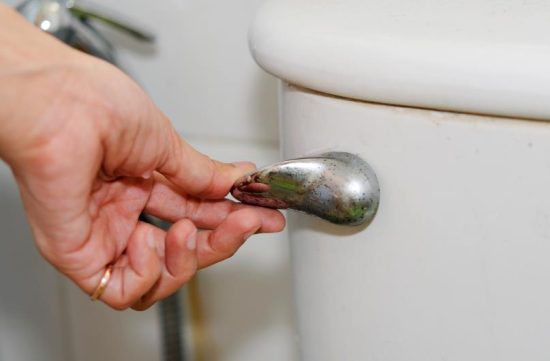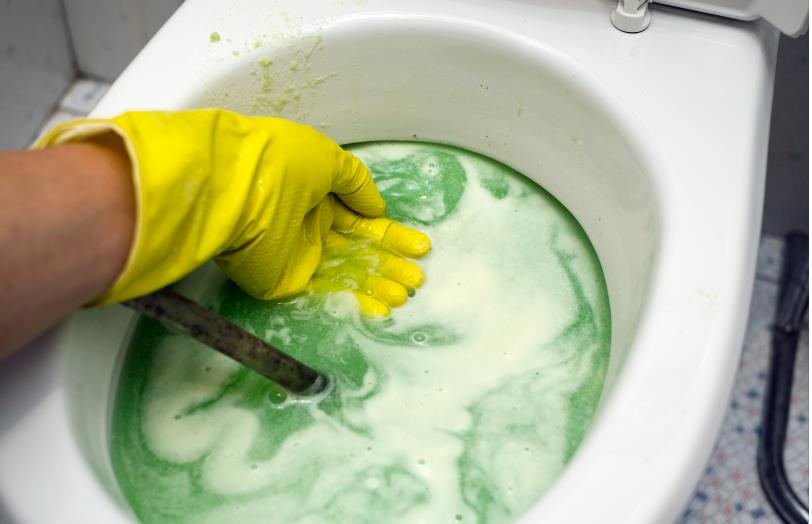Toilet clogs can be an irritating and messy issue in any household. Despite our best efforts, sometimes our toilets get clogged for no apparent reason. This common problem disrupts daily life and raises concerns about potential underlying issues in your plumbing system. Understanding the reasons behind these frequent blockages can help you address the issue more effectively. This article explores why does my toilet keep clogging and provides practical solutions to keep your plumbing running smoothly.
What are the most common reasons for clogging?
1. Inappropriate or Excessive Toilet Paper Use
2. Flushing Non-Flushable Items

Flushing items produce many blockages for something other than the toilet. Paper towels, baby wipes, feminine hygiene items, and even “flushable” wipes are frequently blamed culprits. Unlike toilet paper, these materials do not decompose in water. Any flaw in your plumbing that they can snag on could result in a clog that stops the flow and causes water to back up. One way to significantly lower the likelihood of these blockages is to inform everyone in the house about what should and shouldn’t be flushed. Additionally, placing disposal bins in bathrooms can offer a simple substitute for removing non-flushable objects. Regularly inspecting and maintaining your plumbing will also help to identify minor problems before they become more extensive blockages.
3. Problems with the Main Sewer Line
Sometimes, the problem might be with something other than the pipes in your home or your toilet. Toilet clogging can occur when there is obstruction or destruction in the main sewer line connecting your home to the municipal sewage system. Incorrect connections, oil and other material accumulations, and tree roots growing into the pipes can cause large-scale plumbing problems. If these characteristics are involved, an expert camera inspection can help determine their presence. Detecting and fixing these problems early on can avoid future expensive and inconvenient repairs.Regular sewage line cleaning can also help preserve free flow and stop material buildup that can cause blockages.
4. Inadequate Toilet and Plumbing Design
Frequent blockages can result from flaws in your home’s plumbing system or toilet design. Waste and toilet paper may become lodged in the pipes of older toilets due to insufficient flushing power. Similarly, plumbing may frequently clog if improperly installed or if only a few pipes exist. Changing to a more contemporary toilet with improved flushing mechanisms or doing plumbing repairs will frequently fix these problems. A plumbing expert’s advice can help determine whether a system update or repair is required. Furthermore, regular plumbing system inspections and maintenance can assist in spotting such issues early on and prevent severe obstructions. Water-saving toilet installation increases flushing effectiveness and benefits the environment.
5. Accidental Drop-Ins

Accidentally dropping little objects into the toilet can result in repeated clogs, which are often ignored. Toys for kids, tiny bottles, toothbrushes, and other foreign objects can entirely or partially clog the pipe, causing repeated blockages. These items might not clog immediately, but they can gather debris over time and form a substantial obstruction. It’s a good idea to keep little objects away from the toilet and teach kids how to use bathroom fixtures properly to avoid such situations. Installing a toilet lid lock can also be a sensible choice for families with little children. Regularly check the toilet for any apparent blockages to prevent clog formation further and remove them immediately.
Conclusion
Frequent clogs in your toilet may indicate more severe plumbing problems. Knowing and treating their common causes can make these irritating events less frequent. Various strategies, such as changing your toilet, inspecting the main sewer line, teaching family members about what shouldn’t be flushed, and using the proper kind of toilet paper, can stop this problem from happening again. Maintaining your toilet correctly and being aware of possible clogs is essential.
Related Articles:
- How to Unclog a Toilet Full of Poop and Water?
- How to Unclog a Toilet Without a Plunger?
- How to Snake a Toilet for Overflow and Clog?
Frequently Asked Questions About Toilet Clogs
Why does my toilet keep clogging even though I don’t flush anything unusual?
Even if you aren’t flushing inappropriate items, toilet clogs can occur due to less obvious issues such as low water flow, misaligned plumbing, or the build up of mineral deposits in the pipes. Regular maintenance and regular inspections can help identify and rectify these less apparent causes.
What are the best ways to unclog a toilet?
A plunger is often effective for minor clogs. Ensure a good seal around the opening and use forceful plunges to dislodge the blockage. If this doesn’t work, a toilet auger can reach deeper clogs than a plunger. However, it may be best to call a professional plumber for persistent or recurrent clogs.
Can “flushable” wipes be safely flushed down the toilet?
Despite being marketed as flushable, most wipes can not break down as easily like regular toilet paper and can lead to clogs and other sewer issues. Avoid flushing these and other similar products.
How can I stop my toilet from clogging?
Regular maintenance is crucial. Avoid flushing materials that cuase clogging other than human waste and toilet paper, even if items are labeled as flushable. Regularly check your toilet’s flush power and ensure the water level in the tank is adequate for clearing the bowl. Installing a high-efficiency toilet with a solid flushing system can also help prevent clogs.
What should I do if my toilet keeps clogging frequently?
If you often face clogs despite careful use and basic troubleshooting, it could indicate a deeper plumbing issue, such as problems with your sewer line or vent pipes. Contacting a professional plumber to inspect your plumbing system can help identify and resolve underlying issues that cause frequent clogs.

